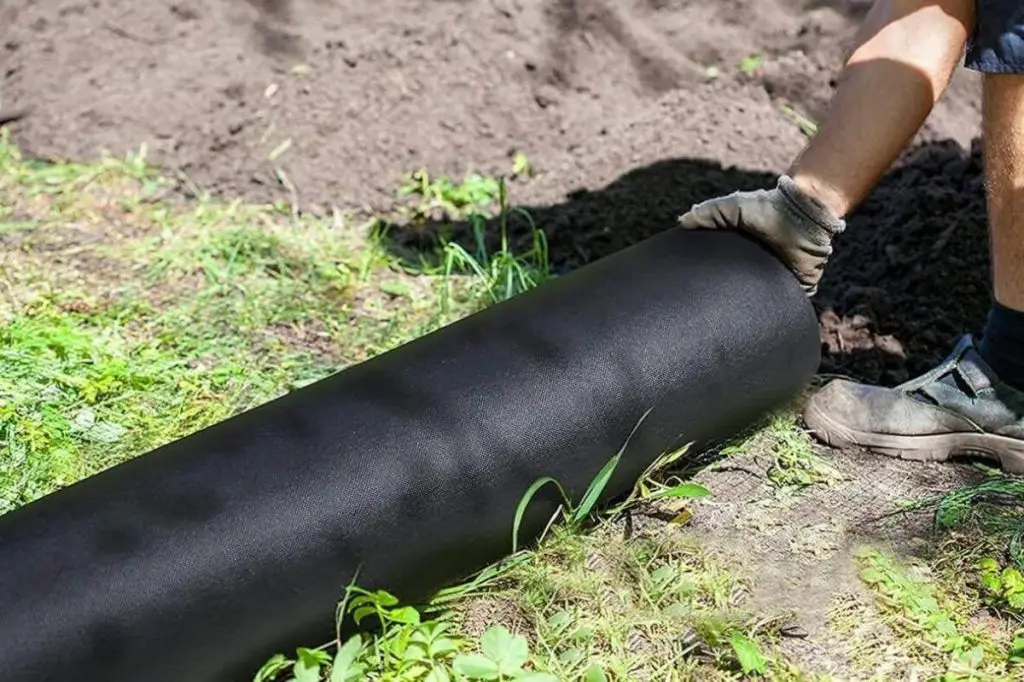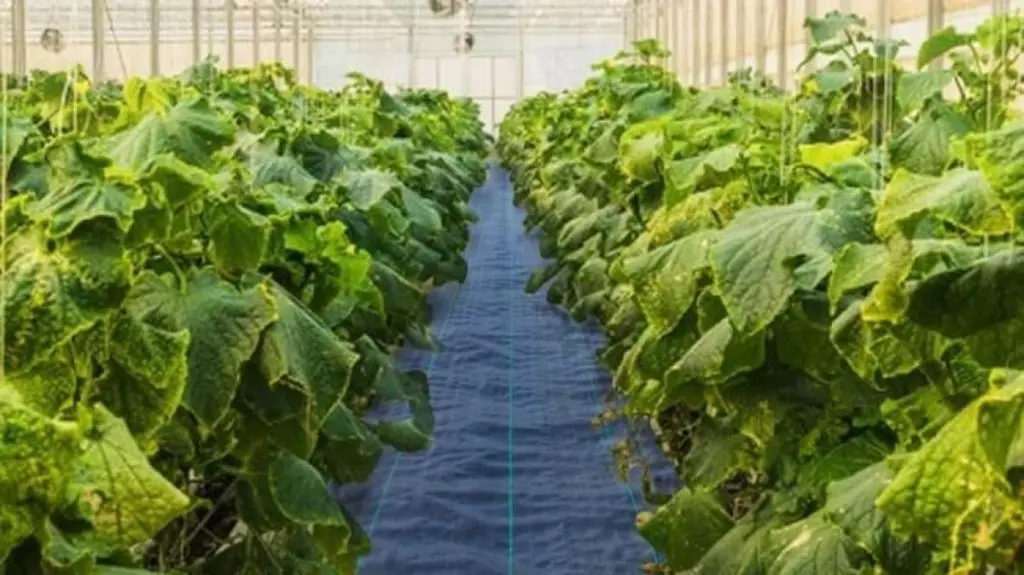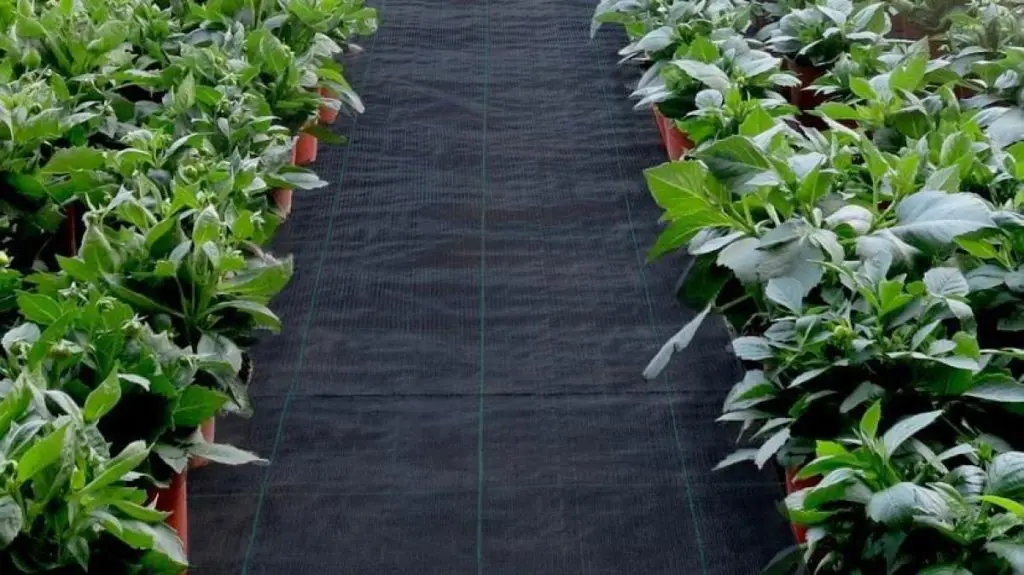Your homestead’s landscape needs to be free from weeds. Even though you can hire a gardener to remove weeds from your landscape, the ultimate solution is using landscape fabric. The weed block fabric is ideal because it prevents the growth of weeds but allows the penetration of water and air to your plant’s roots.
During our research for the five best landscape fabrics in 2023, we considered several factors like durability, material, installation process, ultraviolet light resistance, and application. Therefore, if you have an outdoor project, here is a list of the best landscaping fabric you should use.
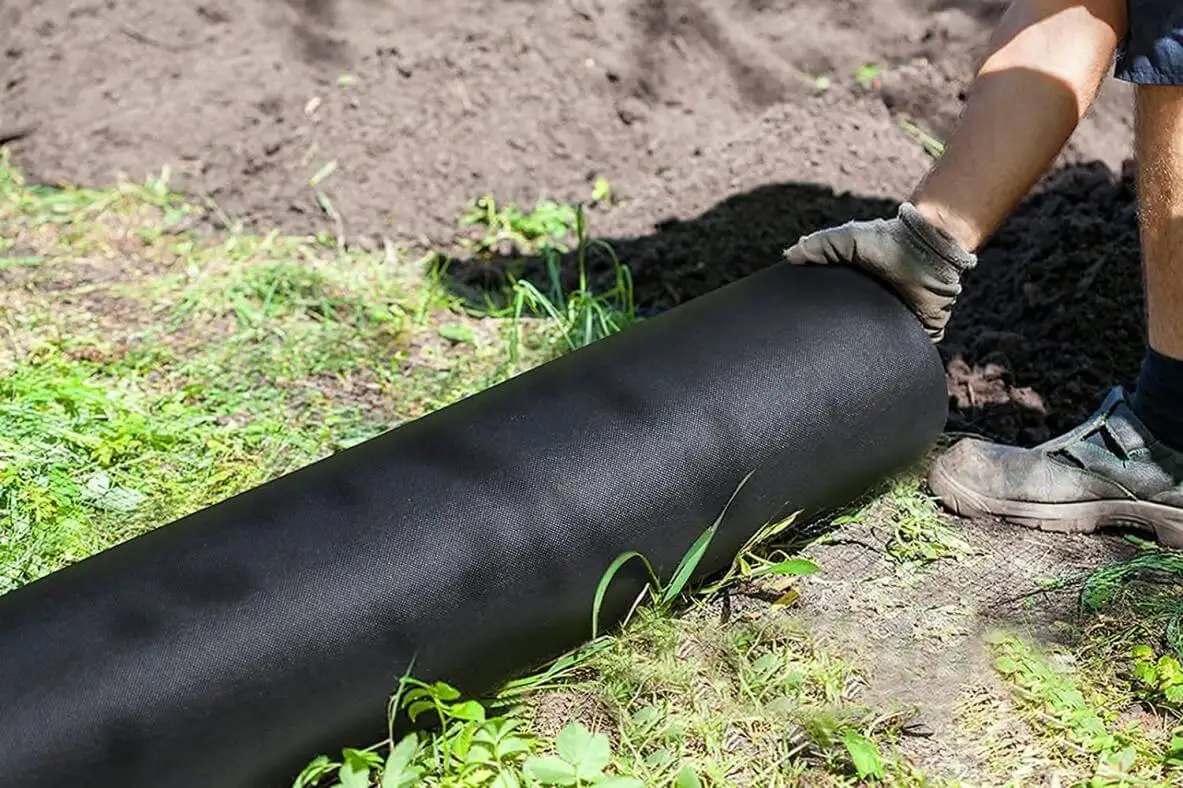
What are the Best Landscape Fabrics for Blocking Out Weeds?
1. VEVOR 6.5 ft. X 300 ft Premium Weed Barrier Heavy Duty Woven Weed Control Fabric
The VEVOR premium weed barrier fabric is ideal for preventing weeds’ growth and retaining moisture in the soil for healthy plants in your home. This landscaping fabric is easy to install as it has two layers that require needle fastening to ensure that it blocks the growth of unwanted plants in your homestead.
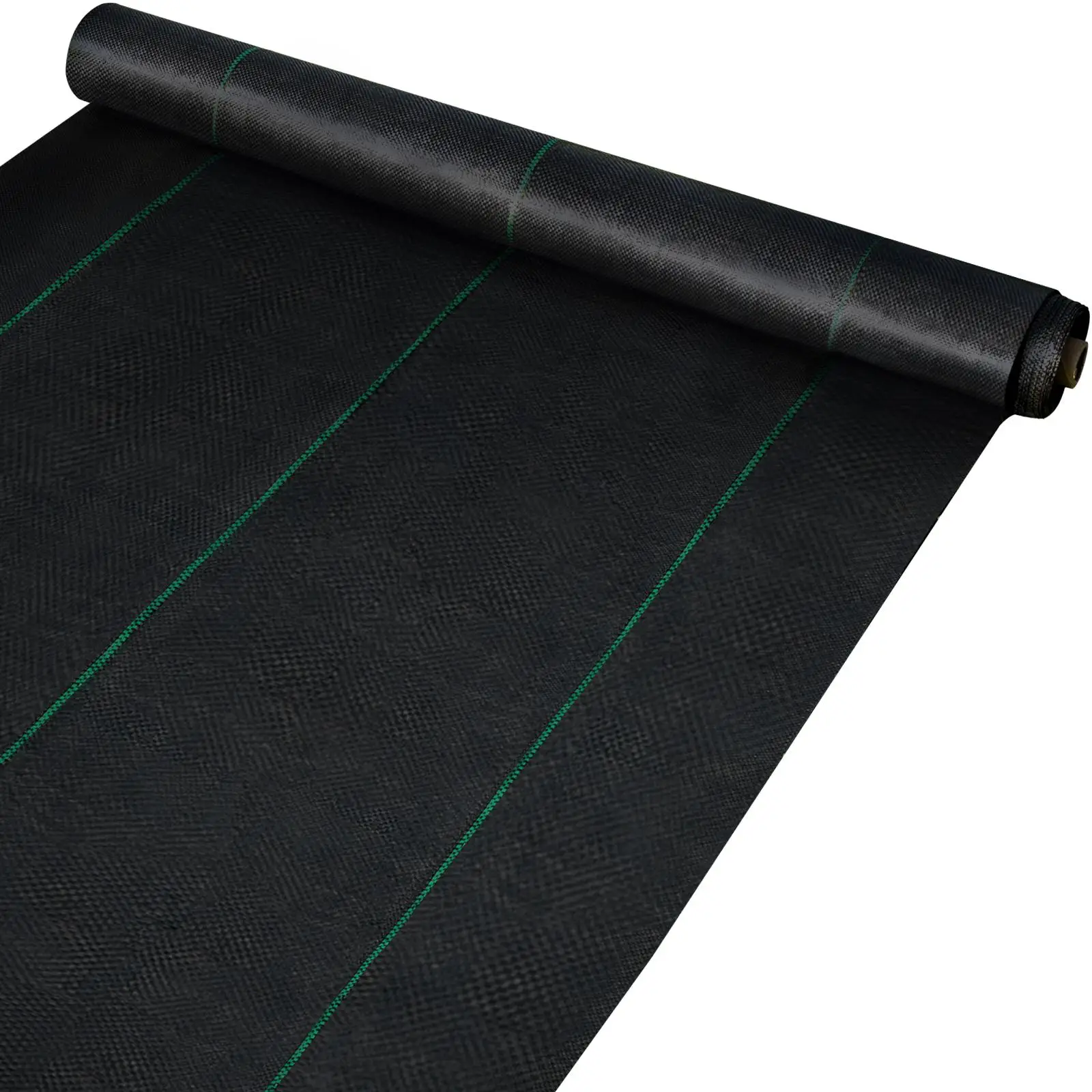
Additionally, it has a wide range of applications. Whether you want to plant vegetables or artificial grass, use it in greenhouses, flower beds, pavements, and sidewalks. VEVOR has a length and width of 300ft by 6.5 ft., which enables you to install it in a vast coverage area.

This landscape fabric is made using durable polypropylene fabric and blocks sunlight. Also, it makes the weed block fabric have a high permeability. Furthermore, VEVOR is soil-friendly, which ensures that your plants grow well.
Pros
- Easy to cut
- Tear-proof
- It has a wide range of applications
- Easy to install
- Improves the soil and controls weeds
- Durable
- Lightweight
- High permeability
Cons
- Easy to fray when cut without precaution
2. ECOgardener Premium 5oz Pro Garden Weed Barrier Landscape Fabric
Say goodbye to spending lots of time uprooting weeds in your garden by installing the ECOgardener premium weed barrier. This polypropylene woven fabric is available in different sizes that include;
- 3 ft by 50 ft
- 3 ft by 100 ft
- 3 ft by 250 ft
- 4 ft by 50 ft
- 4 ft by 100 ft
- 4 ft by 250 ft
- 6 ft by 300 ft
Depending on the coverage area, ECOgardener gives you a variety of sizes to choose from. Additionally, this landscape fabric weighs five pounds, making it easy to install for different plants. Install it yourself, as it is easy to cut, reducing the cost of hiring a professional.
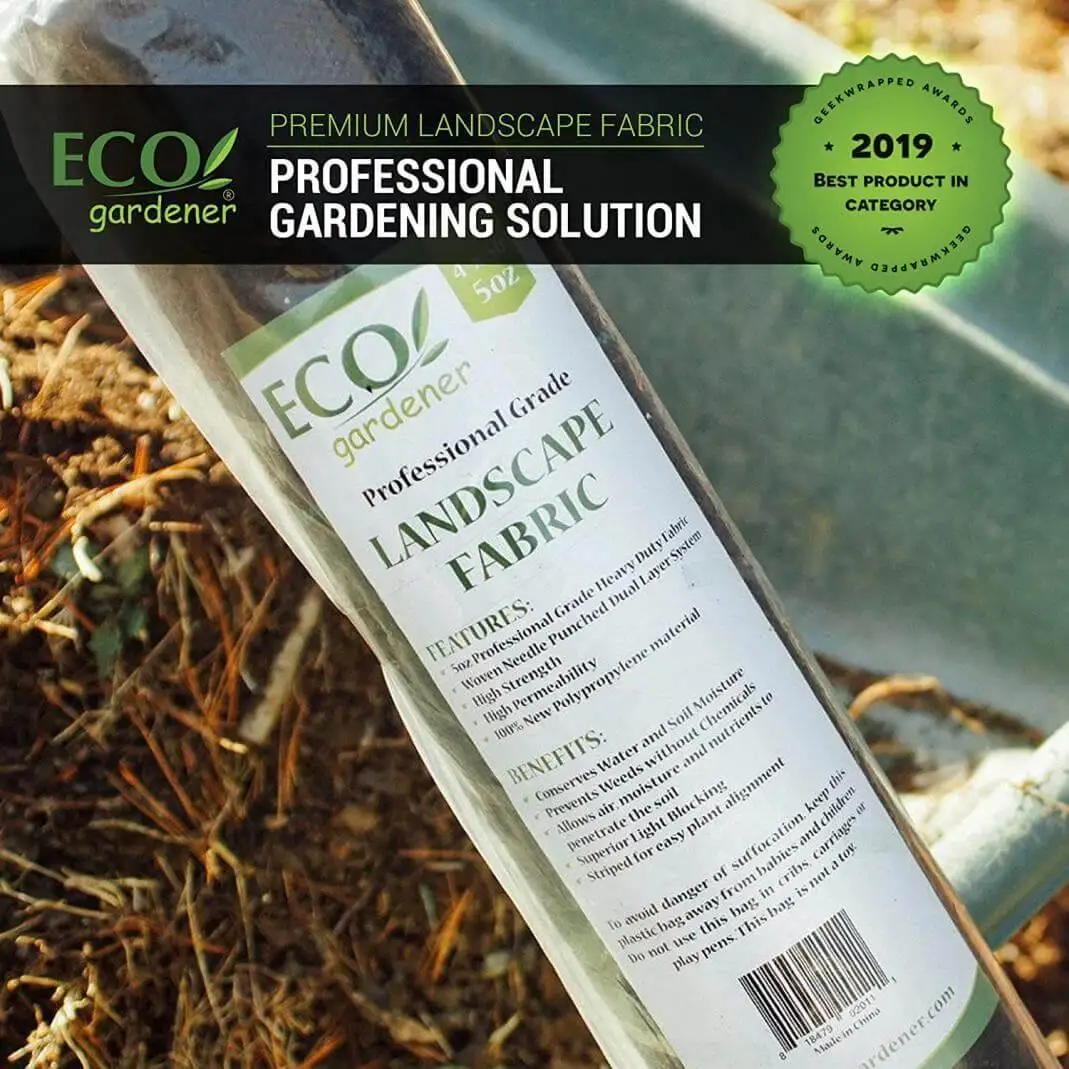
The ECOgardener weed block fabric will never shred due to bad weather because it has a two-layered needle punch fabric. Thus, making the woven landscape fabric durable.

It has excellent permeability, ensuring moisture retention, and the soil has the proper nutrients. Furthermore, the ECOgardener is ideal for an overgrown garden as it tolerates many holes without fraying.
Pros
- Affordable
- Lightweight
- Easy to use
- Blocks weeds effectively
- It is available in different sizes
- Double layered
- Eco-friendly
Cons
- Not ideal for regions that experience too much sunshine
3. Hoople Garden Weed Barrier Landscape Fabric
Hoople is a premium weed control fabric for outdoor projects like pathways, raised beds, garden borders, and flower beds. This landscape fabric weighs eight pounds, making it lightweight and easy to install. Apart from controlling weeds, this fabric is ideal for preventing soil erosion and the effects caused by snow and rain.
The Hoople garden weed barrier fabric is eco-friendly and free from chemicals. This allows your plants to grow well. Sunlight doesn’t affect the Hoople landscape fabric because it is thick, making it easy to install.
Unlike VEVOR and ECOgardener, Hoople is a nonwoven landscape fabric with a long lifespan and high permeability. Additionally, it has ultraviolet stabilizers, which avert it from rooting due to exposure to direct sun.
The standard size of the Hoople landscaping fabric is 32 inches by 180 ft. However, it is available in other sizes like 3 ft by 50 ft, 3 ft by 100 ft, 4 ft by 50 ft, 4 ft by 100 ft, and 4 ft by 180 ft.
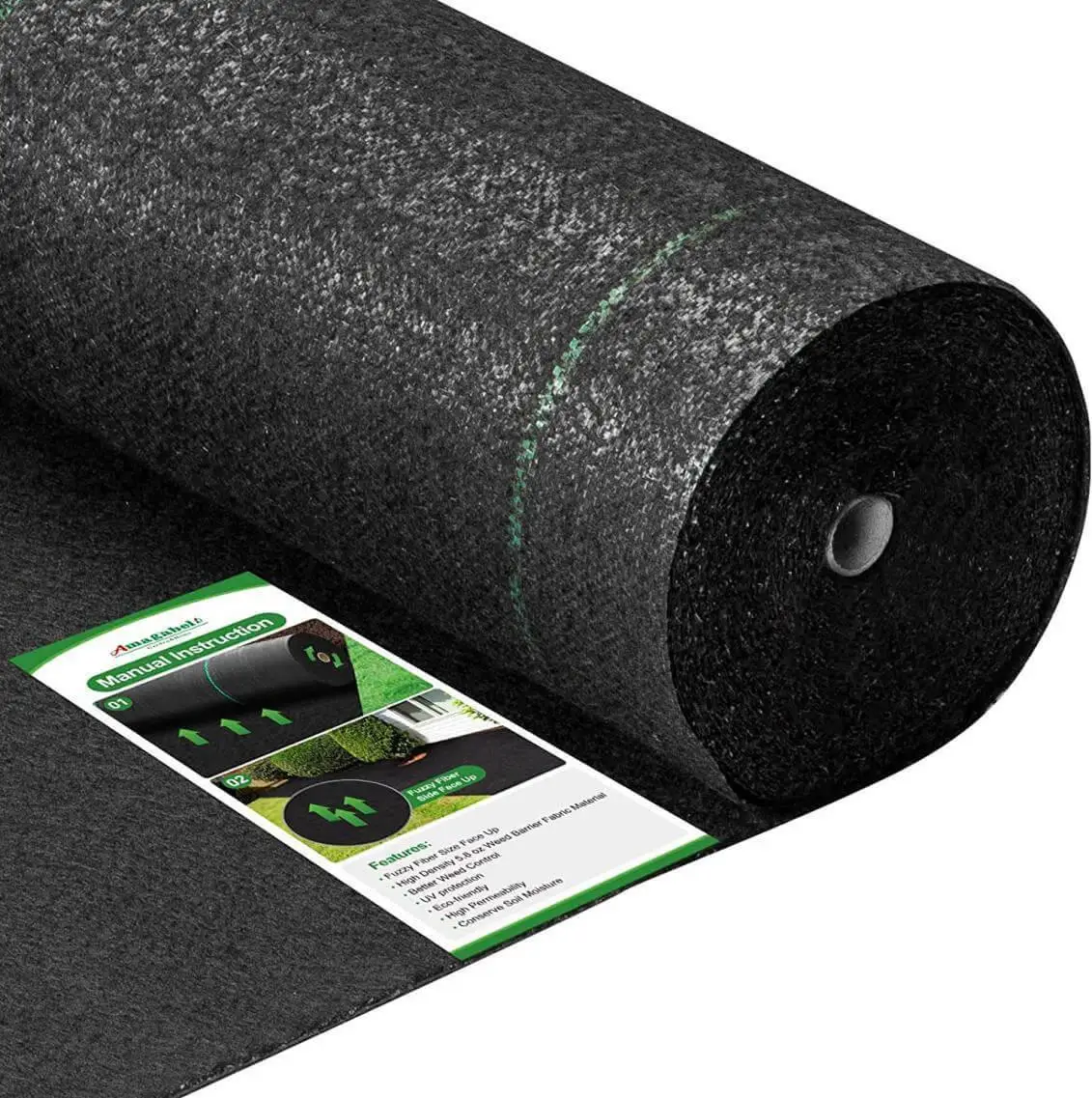
Pros
- It has UV stabilizers that avert the fabric from rotting
- Available in various sizes
- It is highly absorbent
- Durable and heavy duty
- Eco-friendly
Cons
- It is affected during a rainy season
4. Dewitt 3-foot by 100-foot Nonwoven 12-Year Landscape Fabric
High-quality landscaping fabric is what you want. You also need a weed barrier fabric with years of guarantee. Don’t go any further, as Dewitt’s nonwoven landscape fabric fits all these features.
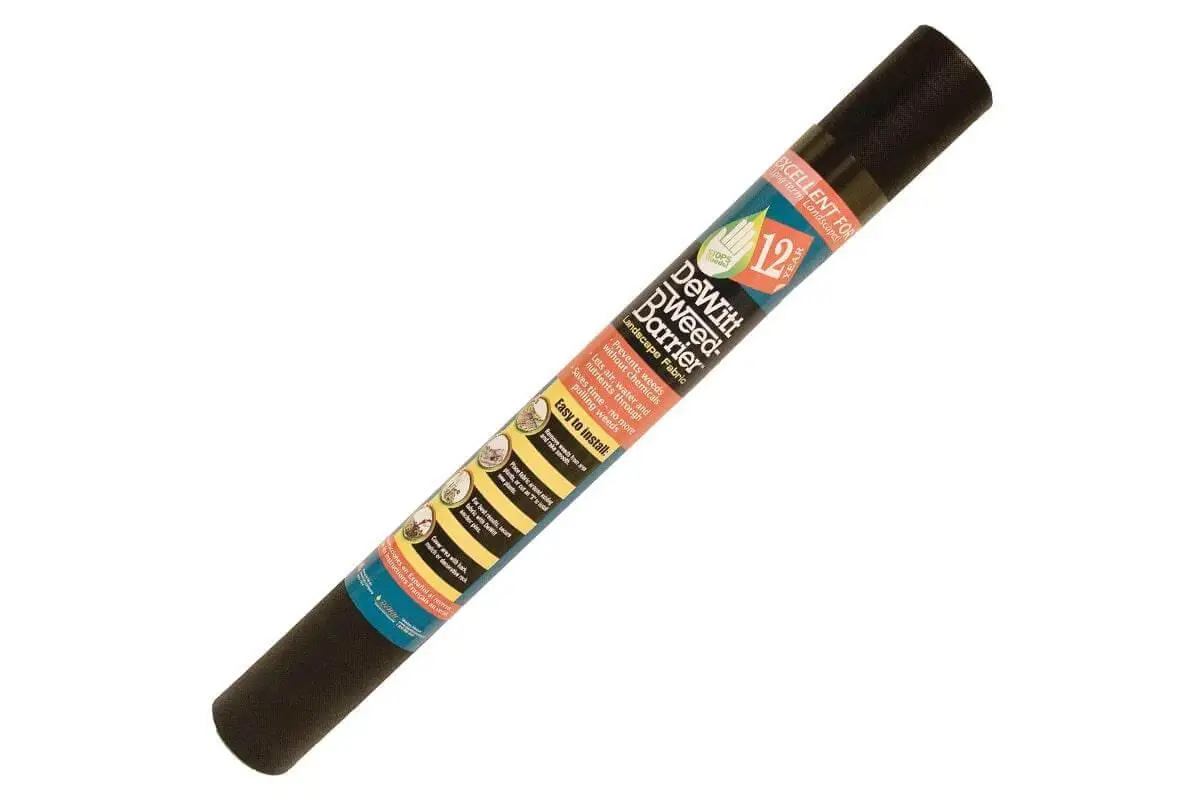
The Dewitt landscape fabric is three-layered, effectively preventing weeds’ growth. Even though it is thick, it allows air, nutrients, and water penetration into the soil. As per the manufacturer, this weed block fabric is made to endure ultraviolet light. However, we recommend that you place mulch after installing the material.
This will prevent it from being damaged by UV light. Furthermore, it has a twelve-year guarantee, making it a high-quality and durable product. Dewitt is best for gardens as it is 3 feet wide and 100 feet long. Additionally, it is six pounds heavy which makes it easy to install.
Pros
- Long lifespan
- It has three layers that prevent the growth of weeds
- The fabric doesn’t unravel while cutting
- Ideal for gardens
- Highly permeable
Cons
- Prone to damage by UV light if not covered by mulch
5. Amagabeli 5.8ox 3ft x 100ft Weed Barrier Landscape Fabric
Our final best landscape fabric is the Amagabeli weed barrier fabric. This woven landscape fabric is available in multiple sizes. For example, we have a 3ft by 100 ft and 300 ft, 4 ft by 100 ft and 300 ft, 5 ft by 300 ft, and 6 ft by 300 ft.

Depending on the area you want to cover, you will get the right size. Comparing it to nonwoven landscape fabrics, the Amagabeli is strong and highly absorbent, ensuring moisture retention and conserving soil nutrient.
Amagabeli is made using polypropylene which has a high density ensuring that it is weatherproof and prevents UV damage. Apart from weed control, it also averts soil erosion. Use Amagabeli when laying artificial grass, flower bed, chippings and stones, garden path, garden borders, greenhouses, driveways, raised beds, and pathways.
Pros
- Durable
- Weatherproof and has UV stabilizers
- Available in various sizes
- Eco-friendly
- Strong and highly absorbent
- It has multiple uses
- Controls soil erosion and weeds
Cons
- After some time, it shrinks
Landscape Fabric Types and How to Use Them (Guide)
There are three main types of Landscaping fabrics which include woven, nonwoven, and perforated. In this section, we will give you details about each landscape fabric type.
- Woven Landscape Fabric
This is the most common type of landscape fabric in the market. Linen or propylene are the materials used in making this weed barrier fabric. Also, the woven pattern makes the fabric semi-permeable and long-lasting.
The semi-permeability ensures that water and nutrients enter the fabric, ensuring that the soil is well-conserved. Most woven landscaping fabrics are resistant to ultraviolet light as they have UV stabilizers.
- Nonwoven Landscape Fabric
When installing beds or pathways, the best landscape fabric to use should be nonwoven. This type of fabric for landscape is made using polypropylene or polyester. When it comes to permeability, it has a lower rating than woven landscape fabrics.
Such permeability reduces the amount of water and nutrients entering the soil. Therefore, not ideal for use in gardens. The main reason it is suitable for stone pathways is that it averts the sinking of stones into the soil.
- Perforated Landscape Fabric
The perforated landscape fabric is the best for use in gardens. It is light and comes with pre-cut holes for easy planting. Therefore, gardening eases you from cutting holes, which is tiring.
Additionally, it beautifies your garden and ensures that you evenly place plants, so they don’t compete for water and nutrients. Never use a perforated landscaping fabric where there is enormous traffic, animal activity, or the plants have massive roots.
How to Install a Landscape Fabric
Below are steps to use to install a piece of landscape fabric.
Step 1: Eradicate Vegetation
Start by cutting available vegetation where you want to install the landscaping fabric; if there is a lot of vegetation, use an herbicide. Additionally, ensure you uproot the plants to avoid the material from damage.
Step 2: Soil Levelling
A flat surface is the best for installing a weed barrier. Remove all stones or sharp objects that can harm the fabric.
Step 3: Open the Fabric
Open the landscape fabric and roll it out on the surface. Ensure it overlaps the length and width to ensure complete coverage.
Step 4: Secure the Weed Barrier
Use landscape fabric pins or staples to secure it on the ground. Stapling prevents it from forming curves or it becoming loose.
Step 5: Cover the Fabric
To prevent the fabric from being damaged by direct sunlight, ensure you cover it using mulch, gravel, or soil. This protects and ensures it lasts long.

